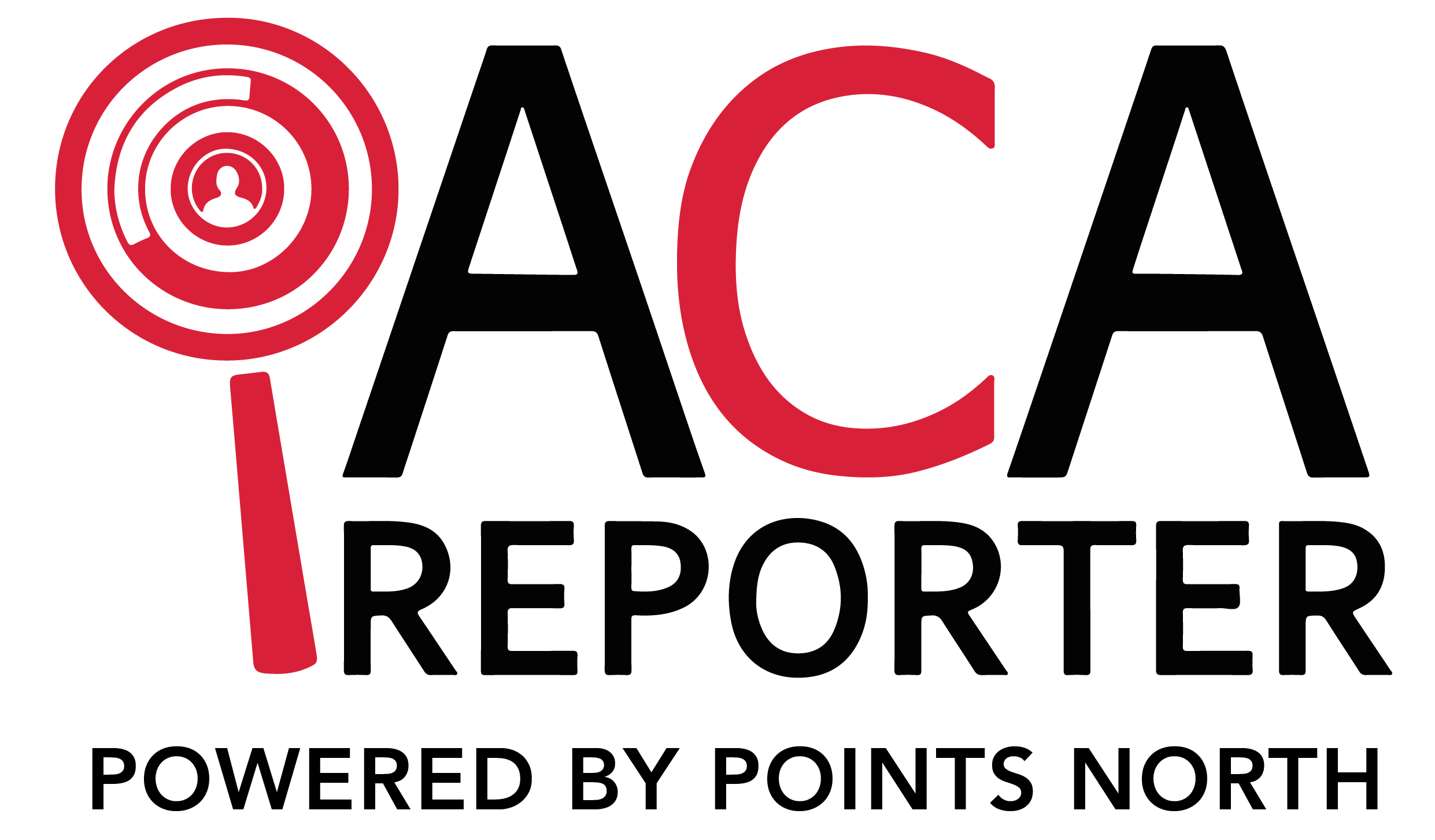What is ACA Reporting? Your Simplified Guide to ACA Reporting
In this brief guide, we'll look at the basics of ACA reporting, current ACA reporting requirements to be aware of, and some different ways to keep up with the ACA reports.
What Is ACA Reporting Compliance?
ACA reporting refers to the 1095 and 1094 forms that employers need to send to the IRS on an annual basis. These reports are required to comply with the Affordable Care Act (ACA). Also known as the Patient Protection and Affordable Care Act.
Why is ACA reporting required?
Since its passing in 2010, ACA has expanded healthcare to more Americans, improved the quality of that healthcare through making prescription drugs more widely available, and changed regulations in the insurance industry to include people with pre-existing conditions. Another key component of the Affordable Care Act is that it ensures that full-time employees who work for larger employers (Applicable Large Employers, or ALEs) have access to healthcare coverage that is affordable and provides at least the minimal essential coverage that allows the employee to remain healthy and receive the care they need when they need it. ACA reporting lets the IRS know vital information to help the ACA continue to function.
The IRS requires Applicable Large Employers (ALEs) employers to send ACA reports to ensure compliance with the ACA regulations. ALEs are employers with 50 or more full-time or full-time equivalent employees. All ALEs must comply with ACA reporting.
Most smaller employers with under 50 full-time or full-time equivalent employees don't need to fret over annual record keeping and ACA compliance unless they offer a self-insured healthcare plan.
What Are the ACA Reporting Requirements for 2022?
The ACA reporting requirements are that all ALEs need to furnish and file the following:
- A 1095-C form for each employee (The employer needs to provide a 1095-B or a 1095-C form. The form type depends on the size of the employer or the type of insurance, but most often they will use a 1095-C.)
- A 1094 employee transmittal form
1095-C Form
Officially known as the "Employer-Provider Health Insurance Offer and Coverage" form, this form must be handed out (or "furnished") to employees by March 2. Then, these 1095-C forms must be sent (or "filed") to the IRS by March 31 if using the IRS AIRS e-filing system.
If you are an ALE with a small number of employees, you may be able to paper file. While the limit for paper filing has been 250 employees, the IRS has proposed reducing this to 100. Further reductions in size have also been proposed. If you choose to paper file, the deadline is February 28.
1094 Form
This form is officially known as the "Transmittal of Employer-Provider Health Insurance Offer and Coverage Information Returns." It acts as a summary of the information in the 1095-C forms and must be filed to the IRS by March 31.
Together, these two forms prove to the IRS that 95% of an ALE's full-time employees and dependents have received an offer of coverage that meets the ACA requirements. (The offer to the employee must meet MEC, MV, and affordability. The offer to dependents only need to meet MEC)
What Is MEC, MV, and Affordability in ACA Reporting?
Minimum essential coverage is a way to ensure that healthcare quality and coverage reach a certain standard. Most group plans offered by an employer or plans purchased through the federal or state facilitated marketplace will meet the MEC requirements.
The definition of "affordability" changes from year to year, which is why it's essential to keep up to date.
Since this isn't always easy to determine, the IRS allows employers to use one of the three Safe Harbors options
- Rate of Pay: What income is counted for ACA? Well, this safe harbor lets you use the hourly or salaried rate of pay to determine affordability.
- Federal poverty line
- W-2 forms (specifically box 1 wages)
"Minimal value" means covering at least 60% of health care costs.
According to the Employer Shared Responsibility Provisions (ESRP) of the ACA, ALEs must make an offer of coverage that meet MEC, MV, and Affordability requirements to at least 95% of their full-time employees.
If they don't, then the employer faces penalties.
Penalties for Inaccurate or Late ACA Reports
If an employer fails to file their ACA reports accurately and on time, the IRS may penalize them with a fine. How much is the ACA tax penalty? That depends on which penalty you’re facing.
The two common penalties are the sledgehammer and tack hammer (though remember there are other penalties including inaccurate or late filing penalties).
Sledgehammer Penalty
The IRS hands this out if a certain percentage of an ALEs full-time workforce isn't offered health insurance. The fee for this penalty is calculated using your entire employee count, meaning it can add up to thousands (and sometimes even millions) very quickly.
Tack Hammer Penalty
The IRS levies this penalty if an ALE offers coverage, but the coverage isn't up to MEC standards. In other words, it's not affordable and doesn't provide minimal value (and an employee received a premium tax credit in the marketplace).
IRS Approach to Penalties for ACA Reporting
The process of being penalized often starts with IRS Letter 5699. This letter notifies employers of any inconsistencies in their ACA reporting. At this stage, the IRS is seeking to confirm the accuracy of specific details.
If they are concerned with accuracy, the IRS may send Letter 226J. This letter will tell the employer what penalties they will have to pay.
How to Keep Up With ACA Reporting
One of the most effective ways to keep up with ACA reporting is to automate the process with software. Making sure you have all the correct data to furnish and file dozens of ACA reports from your full-time employees can be difficult. That difficulty multiplies if you're dealing with full-time employees at multiple locations with various pay rates.
Automating it through ACA software helps reduce the complexity. That's because salary, hours, and other relevant data are kept in one easy-to-search location. Ultimately, this leads to higher accuracy, fewer penalties, and a track record of ACA compliance.
Automate Your ACA Reporting for 2022
If you're an employer seeking to simplify your ACA reporting process, there's no easier way than with ACA software.
Points North created its ACA Reporter to do just this. This premier software helps employers track, support, and analyze all the employee data they need for annual ACA reports.
After tracking data such as salary, hours, and health coverage, ACA Reporter easily fills out automated forms. Then, it allows you to e-file with the IRS.
The IRS receives everything it needs, and employers are left with peace of mind and a detailed analysis of the entire process. Furthermore, if an employer falls out of compliance with ACA reporting requirements, then ACA Reporter will notify the employer and set up a plan for getting in compliance. Get a free demo today to see if it's right for you.





